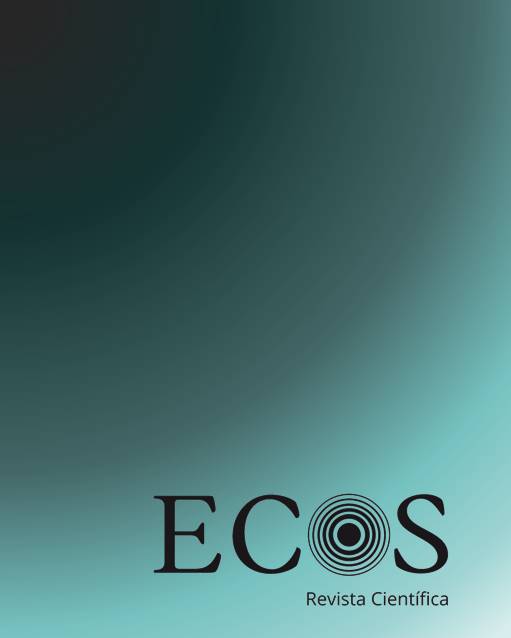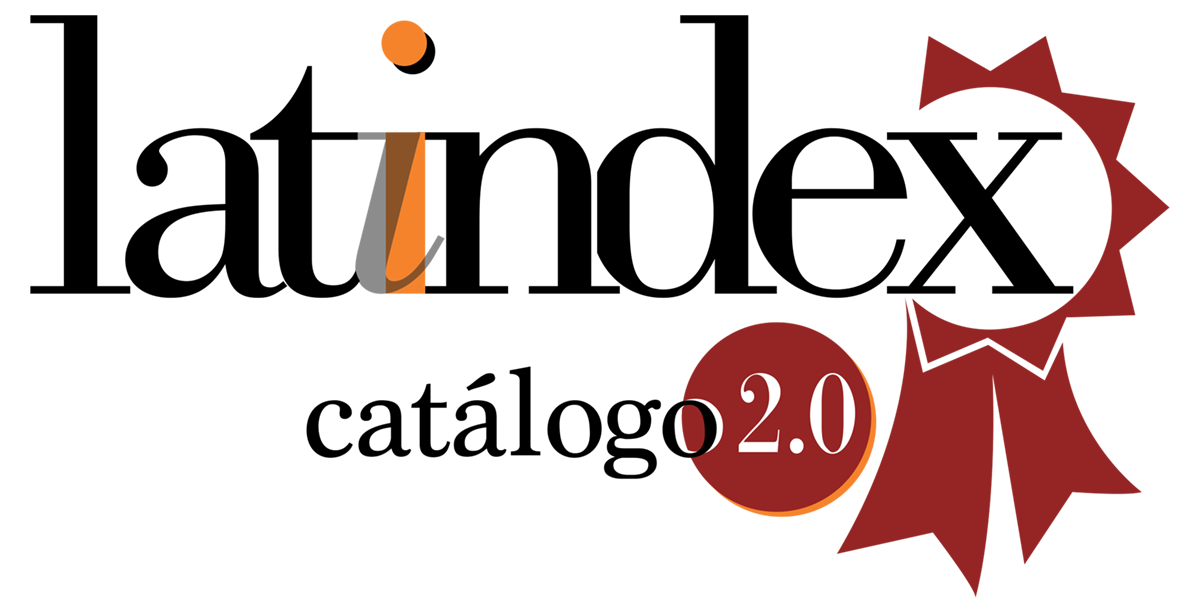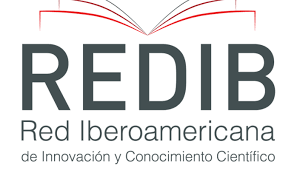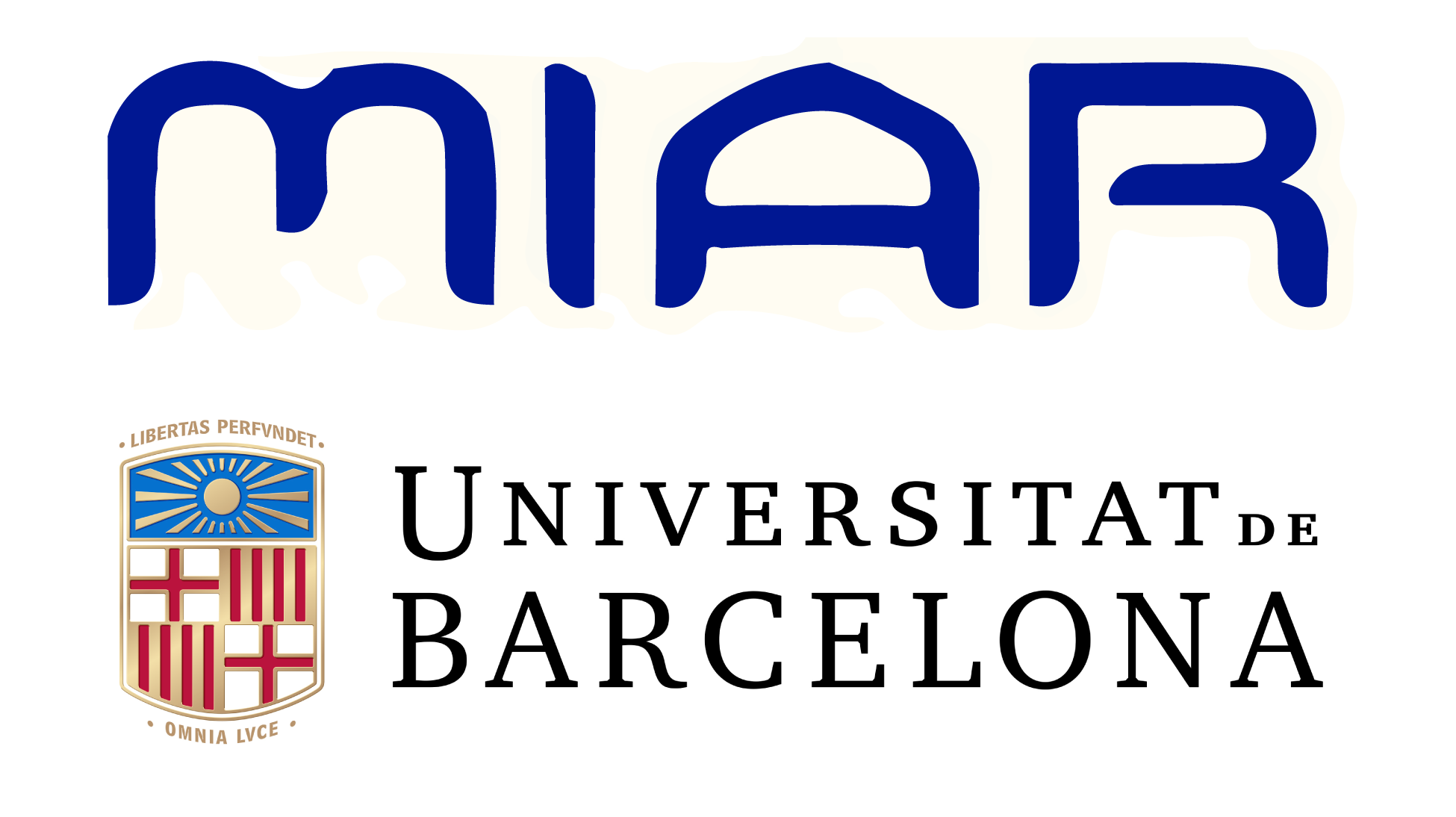Open Source Devices for Music Therapy
Keywords:
music therapy, disability, open source, assistive technologiesAbstract
The interdisciplinary work between professionals in biomedical engineering and music therapy makes it possible to adapt and build technological devices aimed at expanding and varying the musical sound elements available within a music therapy setting, making themselves available to the expressive and accessibility needs of each. The present work describes the process of design and implementation and testing of technological devices for sound activation by movement, under the Open Source philosophy, for use in Music Therapy spaces, with people with disabilities. This process was carried out by a team made up of engineers from the School of Biomedical Engineering (National University of Córdoba) and Music Therapy from the Seirén Music Therapy Center. The final product is made up of a set of 5 prototypes of open source motion activation devices, published on the POSTA Web Platform (Open Source Projects for Assistive Technologies).
Downloads
References
Baker, F. y Wigram, T. (2005). Songwriting: Methods, Techniques and Clinical Applications for Music Therapy Clinicians, Educators and Students. J. Kingsley, Ed..
Beltramone, D. A. y Rivarola, M. F. (2020). Apunte-Libro Ingeniería en Rehabilitación.pdf - Google Drive. Retrieved July 30, 2020, Disponible en https://drive.google.com/file/d/1Gasms470xnclMDg4JnCQ-NJftvV6jows/view
Beltramone, D. A., Romero, M., Rivarola, M. F., García Giacosa, L. y García, A. (2019). POSTA Project: Proyectos Open Source de Tecnologías Asistivas. Disponible en https://postaproject.org/
Cappelen, B., y Andersson, A. P. (2016). Health improving multi-sensorial and musical environments. In ACM International Conference Proceeding Series,04(06) 178–185. https://doi.org/10.1145/2986416.2986427
Céspedes, R. (2019). Uso de Adaptaciones en el abordaje Musicoterapéutico de pacientes con Parálisis Cerebral. Ecos-Revista Científica de Musicoterapia y disciplinas afines, 4(1), 23–55. Disponible en https://revistas.unlp.edu.ar/ECOS/article/view/10494
García Giacosa, L. (2019, September). Plataforma web POSTA: Proyectos Open Source de Tecnologías Asistivas. Disponible en https://drive.google.com/file/d/1ZUADWCxL3Pof6KZXoKGBrtIo1HFo0Jqm/view
Hrovatin, J. R. (2020, February). Diseño e Implementación de Dispositivos Open Source para Musicoterapia. Disponible en https://drive.google.com/file/d/1P8APZII1CFpcL8wBTDXf6IKQqcC_Z7qo/view
Ingeniería del diseño. (n.d.). https://www.tdx.cat/bitstream/handle/10803/6837/05Jcb05de16.pdf?sequence=5&isAllowed=.
International Standards Organisation, I. (2011). ISO - ISO 9999:2011 - Assistive products for persons with disability — Classification and terminology. Disponible en https://www.iso.org/standard/50982.html
Magee, W. L., Bertolami, M., Kubicek, L., Lajoie, M., Martino, L., Sankowski, A., Townsend, J., Whitehead-Pleaux, A. M. y Zigo, J. B. (2011). Using Music Technology in Music Therapy With Populations Across the Life Span in Medical and Educational Programs. Music & Medicine, 3(3), 146–153. https://doi.org/10.1177/1943862111403005
Magee, W. L. (2013). Music Technology in Therapeutic and Health Settings. Jessica Kingsley Publishers, Ed.
Magee, W. L. (2014). Using electronic and digital technologies in music therapy: the implications of gender and age for therapists and the people with whom they work. Music, Health, Technology and Design, 8, 227–241 S. 227–241. Disponible enhttps://nmh.brage.unit.no/nmh-xmlui/handle/11250/279900
Noone, J. (2015). Wendy Magee (ed.), Book Review of Music technology in therapeutic and health settings. Polyphony: Journal of the Irish Association of Creative Arts Therapists, 3(1), 165–169. Disponible en http://polyphony.iacat.me/uploads/ed/archive-journals/IACAT Journal Dec 2015.pdf
Orellana, S. (2005). Aplicación de Recursos Digitales en Musicoterapia en Niños con Discapacidad Motriz. Tesis de grado. Licenciatura en Musicoterapia. Universidad de Buenos Aires.
Stensaeth, K. y Magee, W. L. (2016). Envisioning the future of Music Therapy. (C. Dileo, Ed.). Disponible en https://www.temple.edu/boyer/documents/ENVISIONING_THE_FUTURE.pdf
The Open Source Definition | Open Source Initiative. (2007). Disponible en https://opensource.org/osd
Viera, L. y Giorgi, Y. (2020). Consentimiento informado para el registro por medios audiovisuales de las sesiones de Musicoterapia. In Diseño e Implementación de Dispositivos Open Source para Musicoterapia (pp. 124–126). Disponible en https://drive.google.com/file/d/1P8APZII1CFpcL8wBTDXf6IKQqcC_Z7qo/view?usp=sharing
Downloads
Published
How to Cite
Issue
Section
License
Copyright (c) 2020 Lucia Viera , Yamila Giorgi, Jessica Rocio Hrovatin, Diego Antonio Beltramone

This work is licensed under a Creative Commons Attribution-NonCommercial-NoDerivatives 4.0 International License.
Hasta 2020 (Vol. 5. núm. 3) los materiales se publicaron bajo una licencia BY-NC-ND.
A partir 2021 (Vol. 6 núm. 1) los materiales se publican bajo una licencia BY-NC-SA.
La aceptación de un original por parte de la revista implica la cesión no exclusiva de los derechos patrimoniales de los/as autores/as en favor del editor, quien permite la reutilización, luego de su edición (postprint), bajo una Licencia Creative Commons Atribución-NoComercial-CompartirIgual 4.0 Internacional (CC BY-NC-SA 4.0)
Acorde a estos términos, el material se puede compartir (copiar y redistribuir en cualquier medio o formato) y adaptar (remezclar, transformar y crear a partir del material otra obra), siempre que a) se cite la autoría y la fuente original de su publicación (revista y URL de la obra), b) no se use para fines comerciales y c) se mantengan los mismos términos de la licencia.
La cesión de derechos no exclusivos implica que luego de su edición (postprint) en ECOS las/os autoras/es pueden publicar su trabajo en cualquier idioma, medio y formato; en tales casos, se solicita que se consigne que el material fue publicado originalmente en esta revista.
Tal cesión supone, también, la autorización de los/as autores/as para que el trabajo sea cosechado por SEDICI, el repositorio institucional de la Universidad Nacional de La Plata, y sea difundido en las bases de datos que el equipo editorial considere adecuadas para incrementar la visibilidad de la publicación y de sus autores/as.
Asimismo, la revista incentiva a las/os autoras/es para que luego de su publicación en ECOS depositen sus producciones en otros repositorios institucionales y temáticos, bajo el principio de que ofrecer a la sociedad la producción científica y académica sin restricciones contribuye a un mayor intercambio del conocimiento global.

















.jpg)




